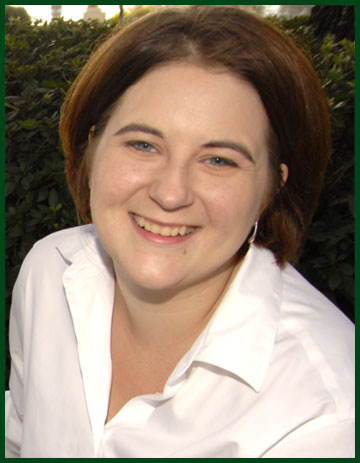Jill DuarteBotanical Society of America Student ProfilesPennsylvania State University
MY BOTANICAL STORY (so far)I have to admit, when I first got interested in biological research in high school, I wasn’t interested in plants. I even took my botany exam as a drop grade. But as learned more about biology, and especially molecular evolution - I made a conscious decision to work with plants for the rest of my life, because there’s so much more complexity in their genomes than the typical animal, fungus, or bacterium. I was lucky to be a part of Dr. Susan Behel’s AP Biology course at Lake Brantley High School in Altamonte Springs, FL. It was available to high school freshmen, and if you passed the AP exam, you were eligible to take classes in biotechnology and get involved in research. So by my sophomore year of high school, I was working on a project studying phototropism and gravitropism in Brassica rapa and Ceratodon purpureus, mirroring experiments astronauts were doing on a space shuttle mission. During my junior and senior years of high school, I worked at the local USDA studying genome polymorphisms in parasitic nematodes. I participated in local, state and international science fairs, as well as other scientific competitions - and I started to understand what I wanted to do for the rest of my life. I wanted to study how organisms evolve through changes in their DNA. I was drawn to the University of Maryland College Park for my undergraduate because of their support for undergraduate research in the life sciences. By the end of my freshman year, I was set up with an internship at The Jackson Laboratory for the summer and planning to join a lab in the fall. The highlight of my undergraduate years was working on charophycean algae in Charles Delwiche’s lab at Maryland. I was supported by a HHMI Undergraduate Research Fellowship to study the divergent tufA found in the chloroplast genome of the Coleochateales. I attended conferences, presented posters, gave talks, and learned far more than I ever learned in a classroom.
After graduating in 2003, I was headed to Penn State to pursue my Ph.D in Claude dePamphilis’ lab. During my tenure in the dePamphilis lab, I have focused on research that asks the question of how gene duplication affects the molecular evolution of nuclear genes in flowering plants. My first project investigated expression pattern divergence in regulatory paralogs in Arabidopsis using a 2-way ANOVA to examine microarray data. I am currently studying conserved single copy genes, looking at their molecular evolution as well as their utility as phylogenetic markers. Because polyploidy is common in angiosperms, most genes are members of gene families and strict one-to-one orthologs are rare across the angiosperm tree of life. By examining genes that tend to remain single copy across a diverse range of taxa, I am studying the fate of genes after duplication and what evolutionary forces would result in single copy genes as well as identifying new phylogenetic markers. Since gene duplication is relatively common in flowering, understanding the fate of gene duplicates in flowering plant is important to understanding the evolution of flowering plants. For phylogenetic markers, single copy genes are preferred because there is an ease of amplification, and we can assume that trees based on multiple independent single copy loci will provide insight in to the true organismal tree. |


